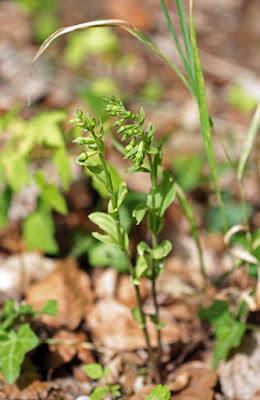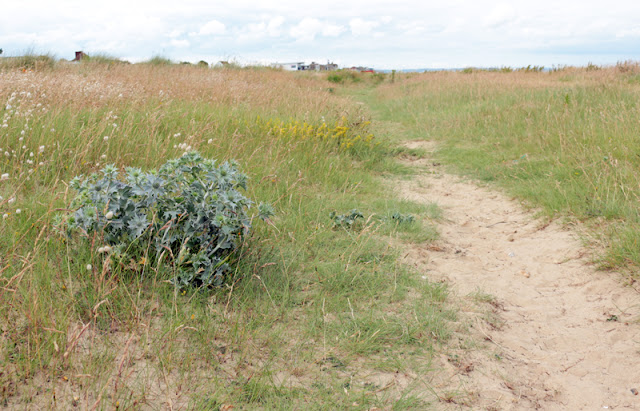Lullingstone & Dry Hill CPs, Kent - 25th July 2016

We visited 3 venues this day: The A225 Roadside Nature Reserve near Eynsford Lullingstone Country Park, and: Dry Hill Nature Reserve All in the Sevenoaks area. This is the only site I know for Green-flowered Helleborines in Kent. They are a wild orchid but most unimpressive, as this variant has flowers that self pollinate and never open. They're right by the A225 near Eynsford on the verge. Epipactis phyllanthes var. degenera This is all you see of most flowers, they just don't open. I have known people prise open the sepals to get a photo but it's not something I would do. If this is its natural state then that's how it gets photographed. Much of this part of the RNR is heavily overgrown with trees but this Purple Toadflax got around that by growing out from them at 45 degrees towards the light. What's more, it was a pink variant. Linaria purpurea That was it for flowers here. Further along the road in May were hu

